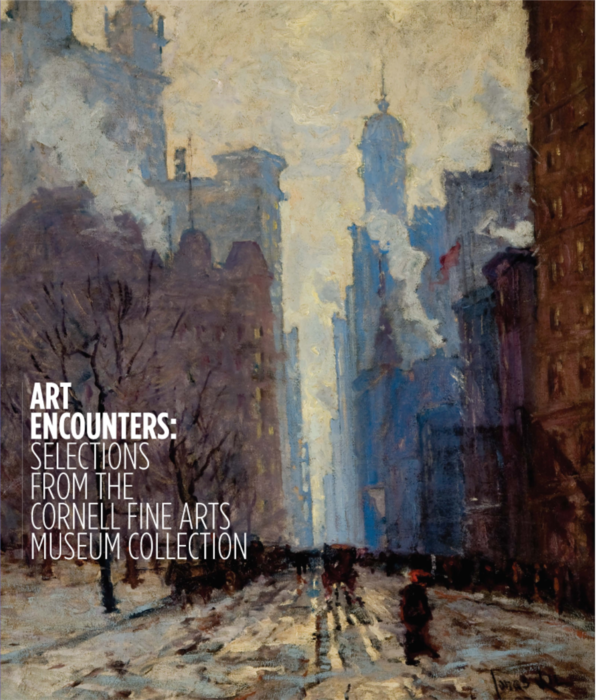I read somewhere that collections are what museums are; exhibitions, what they do. This makes perfect sense, of course. Except for the comparatively rare kunsthalle (a German word roughly translated to “art gallery” but used in English to mean non-collecting institutions), museums are built around their collections. The collections are their raisons d’être. Historically, the missions of most museums included the mandate to “preserve, research, and display the collection.” Many still do.
And yet, it seems that museums today spend significantly more effort, time, and particularly resources on temporary exhibitions. This has been traced back to circa 1972 when the so-called blockbuster exhibition was launched with Treasures of Tutankhamun at the British Museum in London, followed four years later by a seven venue US tour organized by the Metropolitan Museum of Art. Ever since then, temporary exhibitions — blockbusters or not — dominate the news in a way that even the most inventive of collection (re)installations do not. There are many reasons for that, not the least of which have to do with finances. Big, expensive exhibitions are a way to rationalize the ever-increasing museum admission prices and even justify added fees. They create buzz by being short-lived and provide opportunities for enhanced marketing, including the predictable museum shop pop-ups conveniently located at the end of the exhibition.
Considered from a different angle, the success of temporary exhibitions may also be indicative of our society’s increasingly short attention span. They come and go, they’re more difficult to get in, and most importantly, when you do get in, they tend to be crowded. You cannot easily linger and look slowly, or take them in with the quiet and solitude that are necessary for truly understanding art; for letting it change you.
Don’t get me wrong: I am not advocating against temporary exhibitions. I think they’re part and parcel of the educational and aesthetic mission of a museum. Instead, what I’m advocating for is giving the permanent collections of our museums at least as much attention as we give temporary exhibitions.
This winter at the Cornell, we’re trying to accomplish this by featuring our permanent collection in a special exhibition and by publishing the first collection catalog in 25 years.

The Place as Metaphor: Collection Conversations
This exhibition celebrates the transformation of the collection over the last five years (during which more than 700 new works of art have been acquired). Featuring a mixture of favorites, works that have not been on display in a long time, and debuts of new acquisitions, the exhibition builds conversations around ways of seeing.
Its curatorial premise — art helps us make sense of our history and the world we live in — was in part inspired by a lecture that artist Trevor Paglen gave here at Rollins a couple of years ago. He noted that making art is having a conversation with all the people around you, as well as with all other artists who have made images through the centuries. We believe that similar conversations are to be had by engaging with art.
Art Encounters: Selections from the Cornell Fine Arts Museum Collection (Now Rollins Museum of Art)
This catalog, published by the museum in collaboration with Scala Arts Publishers, Inc., includes 102 catalog entries and essays on the history of collecting at Rollins, as well as on the history and changing role of campus museums.

The selection was intended as a representative sample of the breadth and eclectic character of our collection, while the essays create the context for its development and use both traditionally and today. Representing a mere 2% of the overall collection, the book offers an incomplete history: it’s meant as a teaser and invitation to visit and explore the richness of the CFAM holdings, both at the museum and at The Alfond Inn. Our hope is that they encourage you to return frequently and wish for more.
Begin 2019 with a personal art exploration for you and your family. Starting January 17 (January 16 for museum members), visit the museum. Explore the ancient, the modern, and the new. Peruse the shop and purchase the catalog. Challenge yourself to never stop learning!
Happy New Year!

